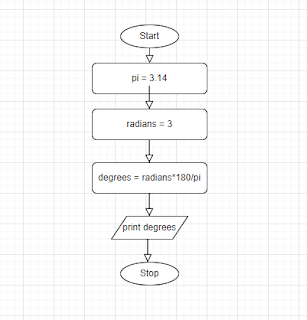Spatial Data Standards
Testing For Spatial Data Standards
This week's lab continued exploring data quality by completing an analysis of horizontal accuracy for two different datasets from 2006. Two different shapefiles were delivered to us: one from the city of Albuquerque itself and the other from TeleAtlas' StreetMap USA. We were also given 6x6 orthophotos of the study area.
Next, test points were created for each dataset along the provided polylines. All points were assigned joining IDs and XY coordinates. Lastly, the test points were compared against the reference set using statistical analysis standards provided by the National Standard for Spatial Data Accuracy (NSSDA).
One outlier was discovered in the StreetMap USA dataset and was removed. The results are as follows:
City of Albuquerque Using the National Standard for Spatial Data Accuracy, the data set tested 18.386 feet (5.604 meters) horizontal accuracy at 95% confidence level.





Comments
Post a Comment